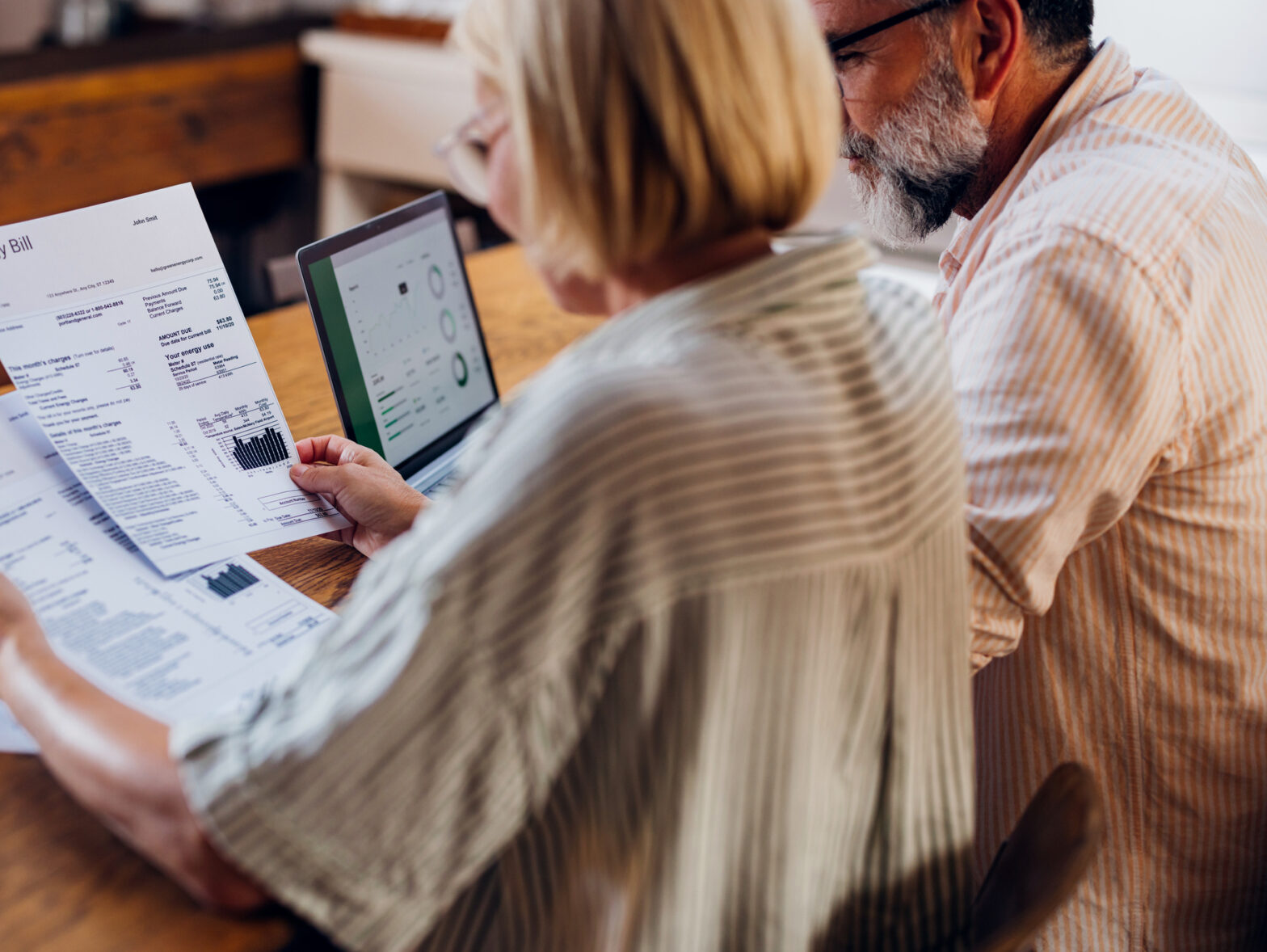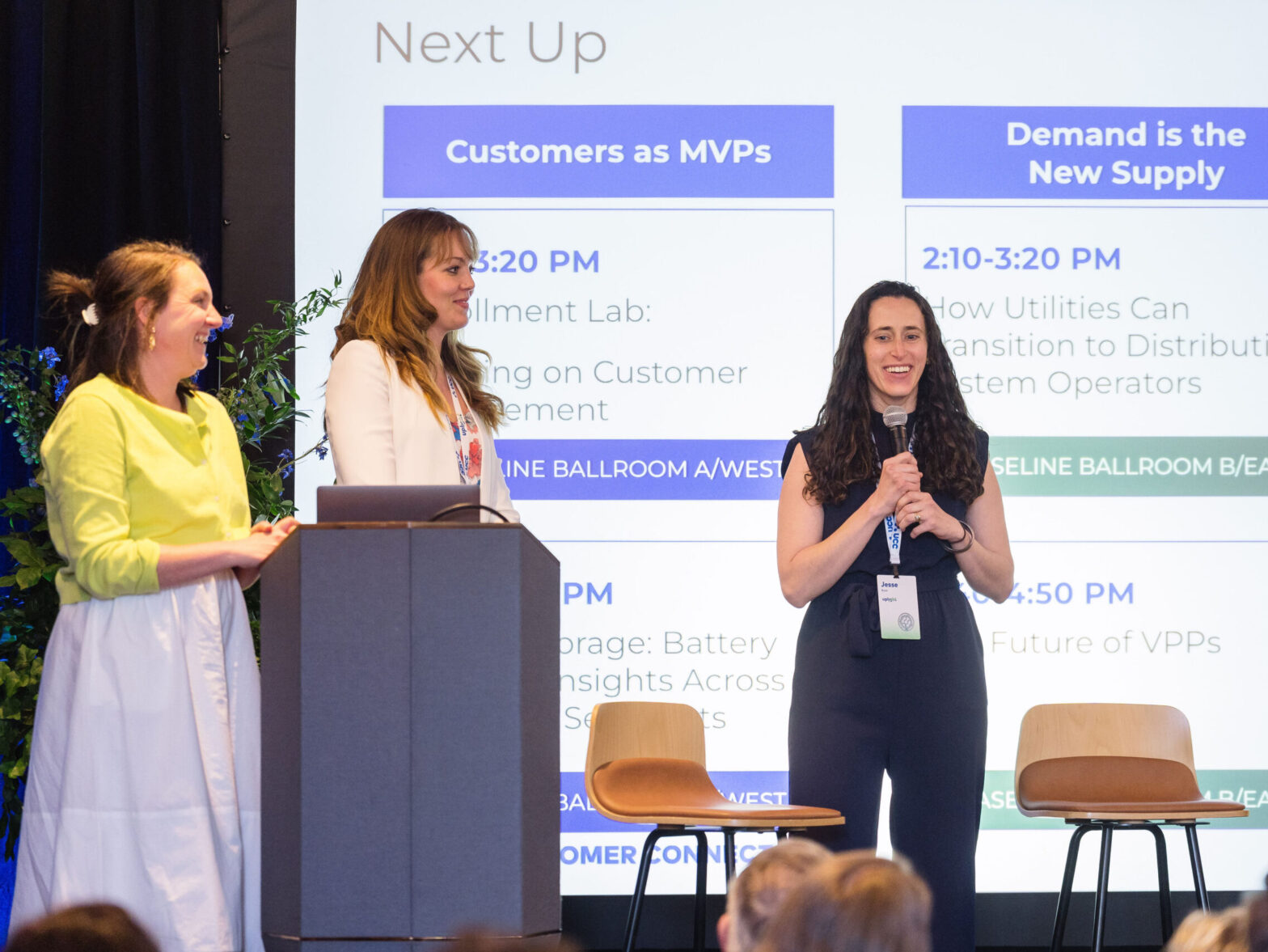The global energy landscape has changed rapidly over the past decade—and Gretchen Bakke has been deeply immersed in the transition. As an author, anthropologist, and researcher, Gretchen has studied how energy infrastructure is rapidly evolving in the United States, Canada, and Europe—and the meaningful role the grid plays in our personal lives and national policies.
We recently caught up with Gretchen to explore her perspective on the current state of the clean energy transition and what the future holds for the grid and energy consumers.
How has the U.S. power grid changed since The Grid was published in 2016?
One of the things that was amazing about that time is that it’s when we really started to get a lot of wind and distributed solar coming online. This caused confusion on the part of the utility industry, and excitement from people who saw you could make money by making electricity due to a set of business decisions that followed regulatory shifts.
In 2017, about a year after my book The Grid came out, suddenly climate change became an issue. When that happened in the United States, a lot of the complex problems about getting renewables to work with the electric grid, even at a fairly large scale, had been worked out. So it needed then to scale up to a different kind of investment.
Also for the first time, we started to see an increase in demand and worry about the utility death spiral—like suddenly, everyone would make their own electricity and utilities would be out of the story. By 2017, that worry was gone. Today, we’re seeing for the first time in 20 years that demand is skyrocketing because of the way electrification has become the low-hanging fruit for dealing with climate change and trying to phase out coal, natural gas, and petroleum from the energy system.
You’ve lived all over the world and seen many different energy systems at work. Can you share some of your experiences?
When I did the research for my book, I was living in Quebec, which has a totally renewably powered electricity system—all hydroelectric and very functional. I would come to the United States, which was my field for that project, and I was really focused on the way that the grid tied together: production, consumption, transmission, distribution, and how people and companies had to work together to understand each other.
After that process, it became clear that renewables were an exciting answer. They were adding up to more energy being produced, more energy entering the system, and it became again clear to everyone that what we needed to do was start to subtract fossil fuels from the system.
Today, I live and I work in Berlin, and my field research is in the Shetland Islands in Scotland. It’s a population of 20,000 people in the middle of the sea together with a lot of offshore oil platforms. It hosts the largest oil terminal in Europe, and it was a very busy oil and gas production center at one point.
They’ve also just put in the largest wind farm in terms of output in the UK. There’s no vertical features at all except for these wind turbines, and because of a very long cable to the UK, they’re turning off their fuel oil-powered power plant, which is what they’ve had for the last 40 years. So it’s this place where you can start to see the way in which wind contributes to a decrease in fossil fuels, and also that fossil fuels are themselves decreasing in that region.
How does today’s energy landscape in Europe compare to the United States?
I see a lot of honesty coming out of the United States about how hard this transition to clean energy is, and how necessary both regulation and policy are to making the kinds of changes that need to be made. Right now, the U.S. is clearly a leader in the policy domain with the Inflation Reduction Act and other policies which are also happening at more local levels.
The pace of change is slower in Europe. For example, in Germany, the coal phase-out was a very long planning process. The US will have no coal essentially at all by the time Germany starts to phase theirs out for real because the U.S. did it based on financial reasons and now pollution. New policies have been passed, and these pollution measures will be so strict that the coal burning power plants essentially have to turn off, so the plan actually is slowing things down here in Europe. It’s just not as dynamic of a space.
But there is this competitive piece—when something great happens in the U.S., then Europe is like okay, we’re going to do something great too. It’s really good to see things happening in the U.S .because in this domain, it makes everyone more attentive to what kinds of things really could happen.
One big difference in Europe is that hydrogen is huge here in a way that I don’t think it is in the United States. The idea that we would have green hydrogen for manufacturing is a given at this point—I would say it’s just a matter of figuring out how to implement it.
What will the energy system look like going forward?
Thinking about what’s happening now and how it can be most equitably realized in the future, there has to be some sort of two-tiered system where people can be independent—rely on their own electricity because it means they can also withdraw their load from the grid, which is really important—but there also has to be some sort of backup, and there are certain things that just work better at a very large scale.
What I’m always looking for is, what are the two things that are happening right? Not that we’re replacing energy sources one-to-one, or the big is being replaced with the small, but how can we have two different levels of energy security that are happening simultaneously? Distributed energy resources are clearly one of those levels—very small islandable grids, you could call them. To be able to island a house or a neighborhood or a city—it’s beneficial to island at all these levels. And to have a kind of intelligence in even the smallest devices like light bulbs or washing machines—the internet of things complementing larger-scale projects. But we can’t do it all with distributed energy alone.
What role does technology play in this two-tiered energy system?
Part of the reason we can count all these [smaller energy assets] now is because the computing power is there. Whenever I was talking to people in 2016, the story was always, we need an orchestrator. And that’s what’s happening now with software. It’s the answer that everyone was looking for in 2016, but back then, they were looking for it in a person. And we’ve totally shifted away from that to saying okay, what are the software systems that can do this orchestration work for us.
The predictive controls that companies like Uplight are creating—whether you’re talking about microgrids, virtual power plants, or distributed energy resource management—they’re all about orchestration. They have slightly different goals, but they’re coming together to achieve similar outcomes.
What role do consumers play in the energy transition?
I feel like there’s so much excitement. Finally, there’s a little crack in a giant wall whereby people can see and be close to the energy that they make. And it fills a lot of people with a kind of joy that you simply didn’t have as we moved coal-fired power plants out of cities, because what theyfilled us with was smoke and dust and misery. Even rural communities in Canada that used to run on diesel are now starting to convert to solar and wind combinations. There’s an affection for these things. They’re not at the edges of town—they’re in the center of town.
Ride the wave—that’s what I would say about prosumers, to the degree that anybody is interested. Especially because there is still a desire to have affordable and reliable electricity available to all. There isn’t this sense of, I’m a prosumer, I can make my own electricity and I can make money and everyone else can just pay more. People want to put a little bit in and get a little bit of money out, but without being separate from a larger grid effect. It’s really nice, the way that you can have your own system, and love your own system and tinker with your own system, but also still be part of an electricity community.
What changes are needed to accelerate electrification globally?
If we really want electrification to happen, if we really want that to be the low hanging fruit where we electrify everything that we can, we need to figure out how to stabilize electricity prices.
This is something we see a lot in Europe. Prices are just out of control. Nobody wants to go full electric on their vehicle, on their home, on their heating system and water pump if electricity prices are going to fluctuate madly all the time. It’s not just the technical side of things that’s a barrier. It’s also making people feel confident as consumers that this switch can happen without putting them at risk.




